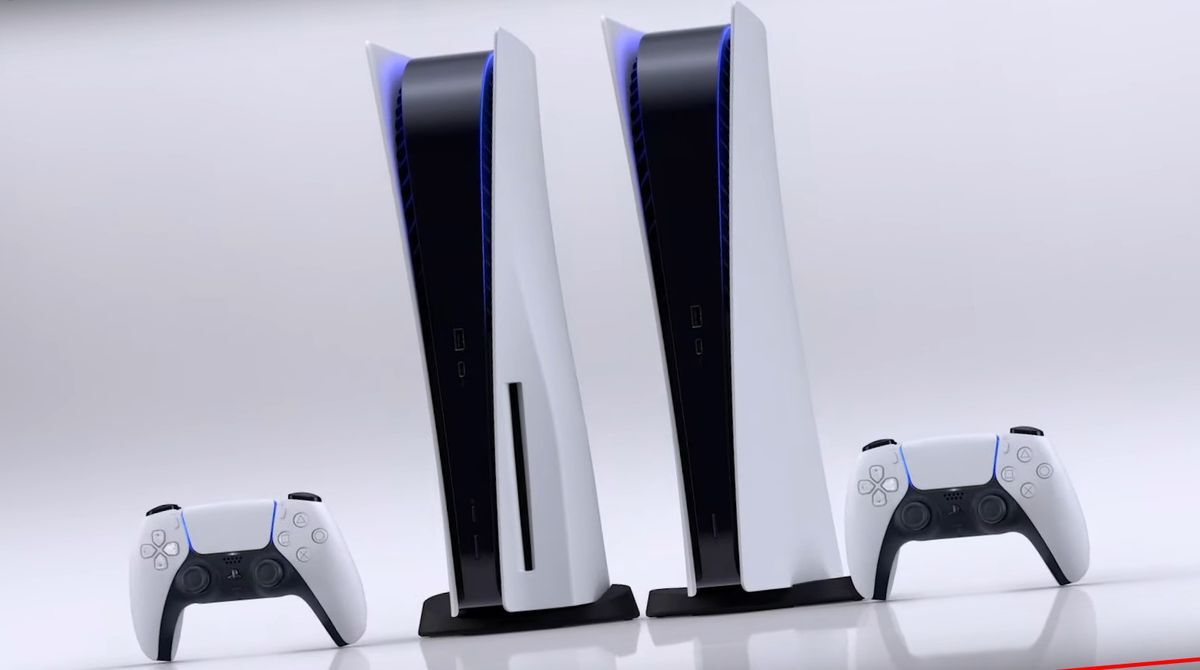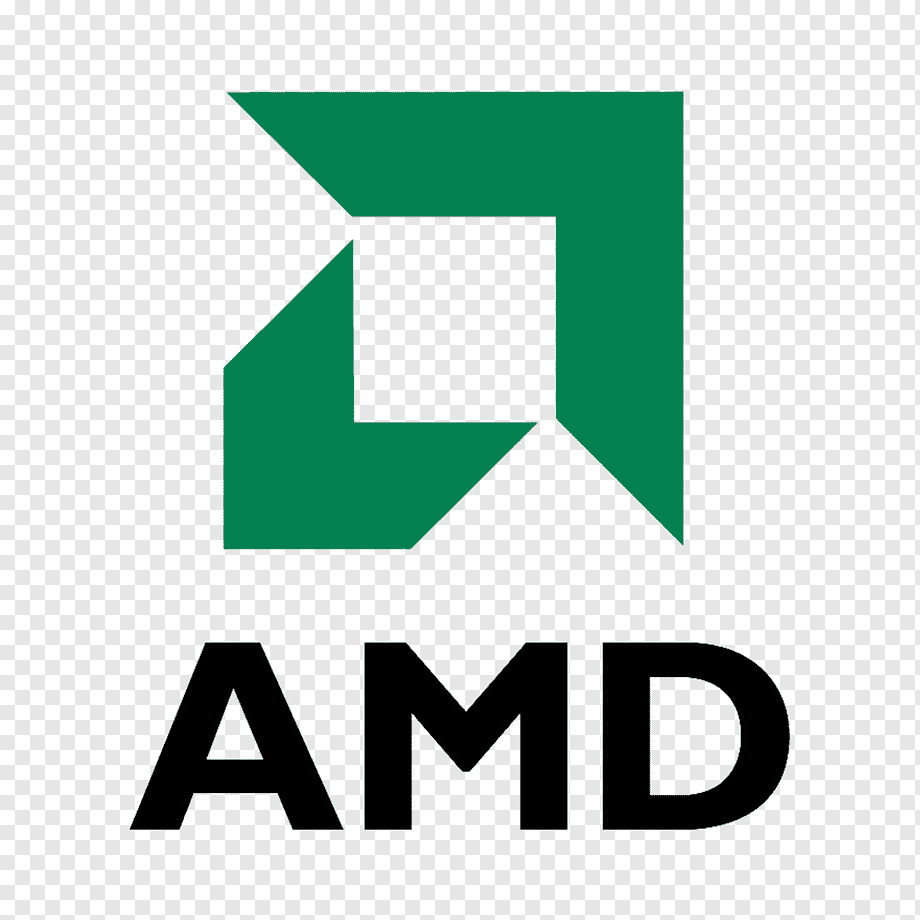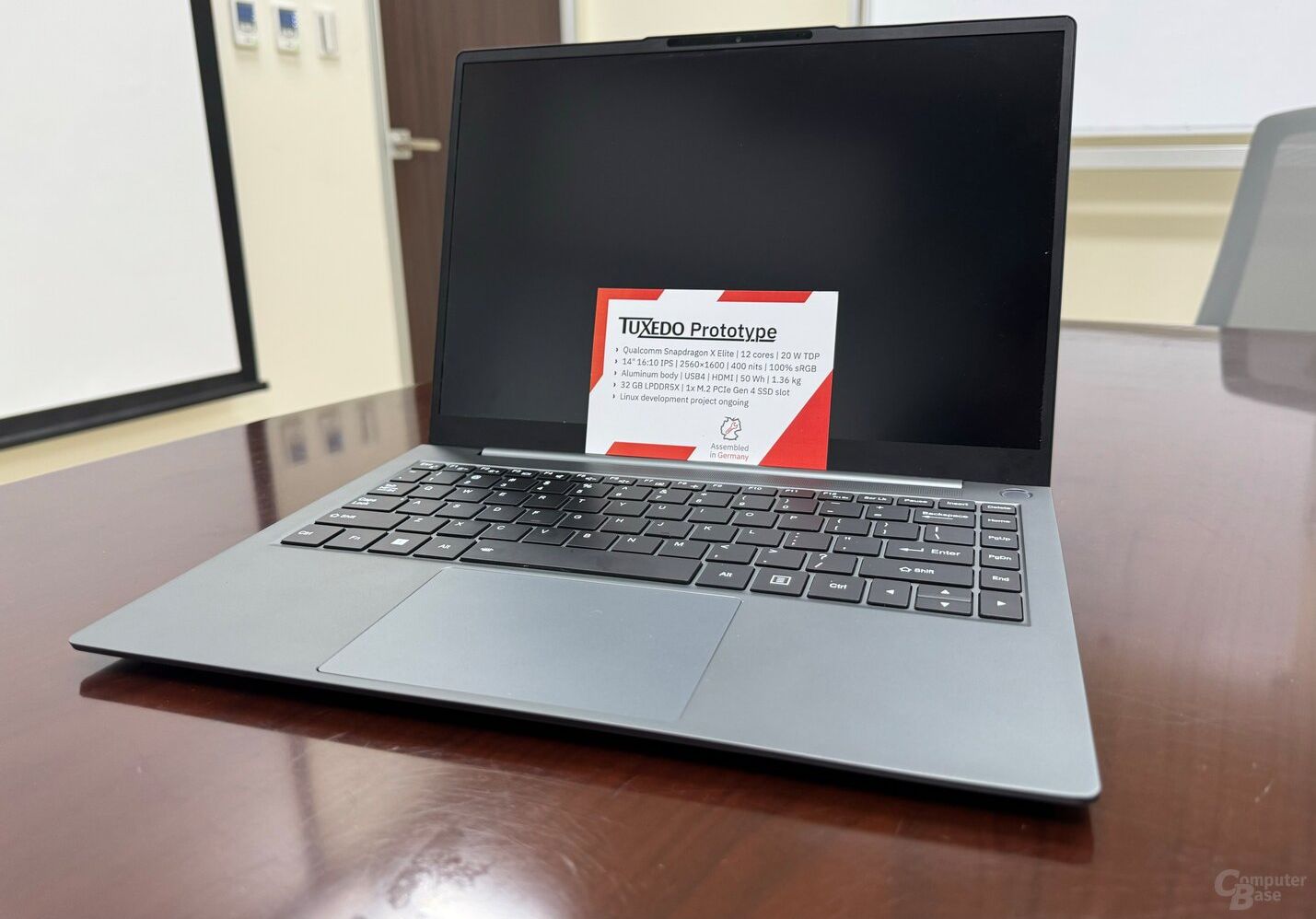- 240 Posts
- 23 Comments

 36·5 months ago
36·5 months agoJust for reference, a few years back, (ex-Microsoft) David Plummer had this historical dive into the (MIPS) origin of the blue color, and how Windows is not blue anymore: https://youtu.be/KgqJJECQQH0?t=780

 201·5 months ago
201·5 months agoLikely due to being a prototype. Production laptops from Tuxedo tend to have the “TUX” penguin in a circle logo on the Super key by default. They also have been offering custom engraved keyboard (even with the entire keyboard engraved from scratch to the customer’s specifications) as added service, so probably there will be suppliers or production facility to change the Super key.
By the way, there was one YouTube channel that ended up ordering a laptop with Windings engraving from them: https://youtu.be/nidnvlt6lzw?t=186
If you want RTX though (does it work properly on Linux?)
Yes it does. For example, Hans-Kristian Arntzen declared the DirectX Raytracing (DXR) implementation in VKD3D-proton as feature complete in February 2023 (https://github.com/HansKristian-Work/vkd3d-proton/issues/154#issuecomment-1434761594). And since November 2023/release 2.11, VKD3D-proton in fact runs with DXR enabled by default (https://github.com/HansKristian-Work/vkd3d-proton/releases/tag/v2.11).

 1·6 months ago
1·6 months agoHow does this analogy work at all? LoRA is chosen by the modifier to be low ranked to accommodate some desktop/workstation memory constraint, not because the other weights are “very hard” to modify if you happens to have the necessary compute and I/O. The development in LoRA is also largely directed by storage reduction (hence not too many layers modified) and preservation of the generalizability (since training generalizable models is hard). The Kronecker product versions, in particular, has been first developed in the context of federated learning, and not for desktop/workstation fine-tuning (also LoRA is fully capable of modifying all weights, it is rather a technique to do it in a correlated fashion to reduce the size of the gradient update). And much development of LoRA happened in the context of otherwise fully open datasets (e.g. LAION), that are just not manageable in desktop/workstation settings.
This narrow perspective of “source” is taking away the actual usefulness of compute/training here. Datasets from e.g. LAION to Common Crawl have been available for some time, along with training code (sometimes independently reproduced) for the Imagen diffusion model or GPT. It is only when e.g. GPT-J came along that somebody invested into the compute (including how to scale it to their specific cluster) that the result became useful.

 31·6 months ago
31·6 months agoThis is a very shallow analogy. Fine-tuning is rather the standard technical approach to reduce compute, even if you have access to the code and all training data. Hence there has always been a rich and established ecosystem for fine-tuning, regardless of “source.” Patching closed-source binaries is not the standard approach, since compilation is far less computational intensive than today’s large scale training.
Java byte codes are a far fetched example. JVM does assume a specific architecture that is particular to the CPU-dominant world when it was developed, and Java byte codes cannot be trivially executed (efficiently) on a GPU or FPGA, for instance.
And by the way, the issue of weight portability is far more relevant than the forced comparison to (simple) code can accomplish. Usually today’s large scale training code is very unique to a particular cluster (or TPU, WSE), as opposed to the resulting weight. Even if you got hold of somebody’s training code, you often have to reinvent the wheel to scale it to your own particular compute hardware, interconnect, I/O pipeline, etc… This is not commodity open source on your home PC or workstation.

 3·6 months ago
3·6 months agoThe situation is somewhat different and nuanced. With weights there are tools for fine-tuning, LoRA/LoHa, PEFT, etc., which presents a different situation as with binaries for programs. You can see that despite e.g. LLaMA being “compiled”, others can significantly use it to make models that surpass the previous iteration (see e.g. recently WizardLM 2 in relation to LLaMA 2). Weights are also to a much larger degree architecturally independent than binaries (you can usually cross train/inference on GPU, Google TPU, Cerebras WSE, etc. with the same weights).
There is even a sentence in
README.mdthat makes it explicit:The source files in this repo are for historical reference and will be kept static, so please don’t send Pull Requests suggesting any modifications to the source files […]

 61·8 months ago
61·8 months agoGIMP is a special case. GIMP is being getting outdeveloped by Krita these days. E.g.:
https://gitlab.gnome.org/GNOME/gimp/-/issues/9284
Or compare with:
https://www.phoronix.com/news/Krita-2024-GPUs-AI
GIMP had its share of self inflicted wounds starting with a toxic mailing list that drove away people from professional VFX and surrounding FilmGimp/CinePaint. When the GIMP people subsequently took over the GEGL development from Rhythm & Hues, it took literally 15 years until it barely worked.
Now we are past the era of simple GPU processing into diffusion models/“generative AI” and GIMP is barely keeping up with simple GPU processing (like resizing, see above).
Have people actually checked the versions there before making the suggestion?
F-Droid: Version 3.5.4 (13050408) suggested Added on Feb 23, 2023
Google Play: Updated on Aug 27, 2023https://f-droid.org/en/packages/org.videolan.vlc/
https://play.google.com/store/apps/details?id=org.videolan.vlcThe problem seems to be squarely with VLC themselves.
In the beginning, only privileged ones will be allowed to run in pass-through mode. But goal/roadmap calls for all FUSE filesystems eventually to have this near-native performance.
Well, if you have a constructive suggestion which site to link instead regarding kernel developments, I am all ears:
- Not sure that raw commits are readable or have sufficient context for non kernel development readers here
- LWN, particularly timely/kernel development news there, has gone mostly paywall, and there will be (legitimate) complaint if I link articles needing a LWN subscription
Not sure what called for this blatant personal attack. My post history speaks for itself, quite in comparison to yours. And Phoronix is well-known Linux website, and its test suite is in fact even referenced in various regression tests/patches in LKML (also not sure what/if any kind of kernel development you have done).
Retention, or the lack thereof, when cold-stored.
In term of SD or standard NAND, not even Nintendo does that. Nintendo builds Macronix XtraROM in their Game Card, which is some proprietary Flash memory with claimed 20 year cold storage retention. And they introduced the 64 GB version only after a lengthy delay, in 2020. So it seems that the (lack of) cold storage performance of standard NAND Flash is viewed by some in the industry as not ready for prime time. Macronix discussed it many years back in a DigiTimes article: https://www.digitimes.com/news/a20120713PR201.html.
And Sony and Microsoft are both still building Blu-ray-based consoles.
 41·11 months ago
41·11 months agoFirst of all, the source is CNBC, so it is not a “weir vendetta […] solely on the .ml instances.” This and e.g. their prior article (https://www.cnbc.com/2023/09/26/organized-retail-crime-and-theft-not-increasing-much-nrf-study-finds.html) are well in-line with economics reporting as their core business. And then, it is Target and CEO Brian Cornell and NRF — where Cornell is also a board member — pushing this narrative (e.g. https://www.nytimes.com/2023/09/26/business/target-store-closures-theft.html), that lead to news outlet to their investigative reporting. There are further legitimate concerns by press regarding NRF’s legislative lobby effort based on non-existent evidence: https://www.cnbc.com/2023/10/26/retailers-lobby-congress-to-pass-combating-organized-retail-crime-act.html
AMD’s support for AI is just fine
This is quite untrue, especially if you do actual research and not just run other people’s models. For example, ROCm is missing in many sparse autograd frameworks, e.g. pytorch_sparse, or having a viable alternative to Nvidias MinkowskiEngine. This is needed if you do any state-of-the-art convnets with attention-like sparsity.

 21·1 year ago
21·1 year agoYes. But one should also note that only a limited range of Intel GPU support SR-IOV.
Germany traditionally is quite shocking in their practice of segregating children with disabilities into special Förderschulen. Whereas the U.S. has the Individual’s with Disabilities Education Act since the 1970s, Germany was basically forced into integration recently after the country signed the U.N. Convention on the Rights of Persons with Disabilities in 2009. And even then, they are taking their sweet time to integrate. See e.g. https://www.aktion-mensch.de/inklusion/bildung/hintergrund/zahlen-daten-und-fakten/inklusionsquoten-in-deutschland as how currently, slightly less than half of German students with disabilities go to a regular school (the Inklusionsanteil).
See: https://en.wikipedia.org/wiki/English-language_spelling_reform
English has been the total outlier among (originally) European language with no body of authority over its spelling. Even the “reform” by Noah Webster never really caught on outside North America, nearly 100 years later. And even more curious, the somewhat authoritative Oxford English Dictionary disagrees in their spelling with everybody (https://en.wikipedia.org/wiki/Oxford_spelling).

























Three side remarks about China, which can be a peculiar example to compare to for Russia, maybe even any other country: